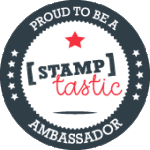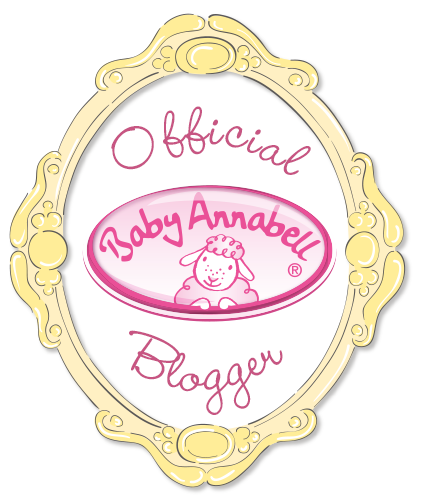
Humans are funny, in the fact that although we’re constantly inventing things that make our lives so much easier, we’re also constantly looking for ways to improve upon those inventions (to make our lives even easier). Handwriting is no different than anything else.
Ever since the first human started writing inscriptions on a cave wall, there have been other people trying to improve upon those etchings. Eventually, people were able to develop their own forms of written communication (i.e. alphabets), which essentially transformed the entire world.
When it comes to cursive writing, there’s a stigma associated with it (that it’s outdated or not applicable to our current world). While this might be true, that most people aren’t using cursive to communicate anymore, it’s still a valid skill to learn. Not only is it valuable, but it’s also impressive (and can easily set you apart in many people’s minds).
How cursive writing started
What we know as “cursive” today (at least in the English-speaking West), originated in Europe in the 1500s (AD). As language and written communication evolved, and more people started being able to have wider access to education resources, cursive began to take shape.
Copperplate is what’s generally referred to as the original precursor to cursive. One of the most stunning examples of copperplate lettering can be seen in the American constitution. Copperplate is unique in that it had a purpose-driven side to it, while it could also be used for special documents (like the founding document of an entire nation – i.e. the United States).
Because the average person back then was very under-educated (especially compared to the average person in the 21st century), copperplate wasn’t just something that someone knew how to do (like cursive nowadays), rather it was something that was studied for years and years on end.
Cursive became a natural extension of copperplate. One of the first major developments in the area of handwriting (in modern times, anyway), was the development of what is referred to as the “Spencerian Method.” This method was developed by a handwriting expert known as Platt Spencer and became very popular in the corporate/business world (as well as with governments).
Up until around 1920, the Spencerian method reigned supreme as one of the world’s/US’s most widely used handwriting systems. Businesses, in particular, needed a writing style that was easier to write. This is where Austin Palmer came into the industry, and completely revolutionized everything we know about handwriting. Palmer’s method remained very popular, all the way into the 1980s. In the 1980s, there was a branching off between two different schools/styles: the Zaner-Bloser method and the D’Nealian style. Both of these cursive writing styles are still popular (and being used) to this day.
Why you Need to Learn Cursive (Yes, It’s Worth It)
Is cursive writing dead? Well, whether or not you actually want to learn cursive, at the very least you should try to improve your current handwriting skills. There’s nothing more embarrassing than writing some chicken-scratch down on an official document, or not being able to even use cursive when the situation calls for it.
Obviously, the world has gone completely digital, which means that people simply aren’t writing much (if at all). Everyone’s using their smartphones, tablets, and laptops to communicate. Have we forgotten about the benefits of writing stuff down? You know, better recall, improved memory, optimised brain function, etc.? Not to mention the fact that writing down notes when you’re learning something has a far greater effect than simply typing those same notes into a keyboard. Writing also has some of the same benefits as meditation, according to a few independent studies.
There’s just something about writing with a pen and paper that allows our brains to process information better. Maybe it’s from the thousands of years of DNA hard coded into our bodies, or maybe it’s just what the brain prefers. Either way, if you’re not focusing on improving your handwriting skills you’re missing out on a lot of benefits.
How to actually improve your handwriting skills?
Well, the best way would be to go the old-fashioned route (i.e. buying a handwriting book). There are many different handwriting courses out there, and nearly all of them will help you improve your handwriting. Whether it’s cursive, modern-day lettering, or something more ancient, there are countless resources that you can use (especially with the internet at your disposal).





























